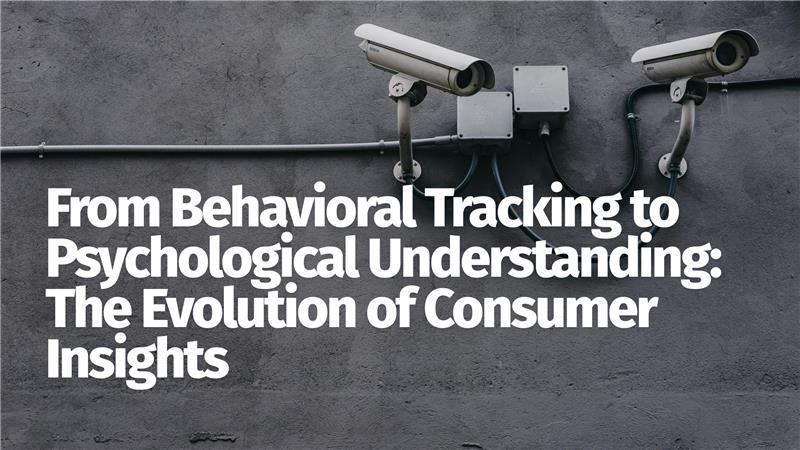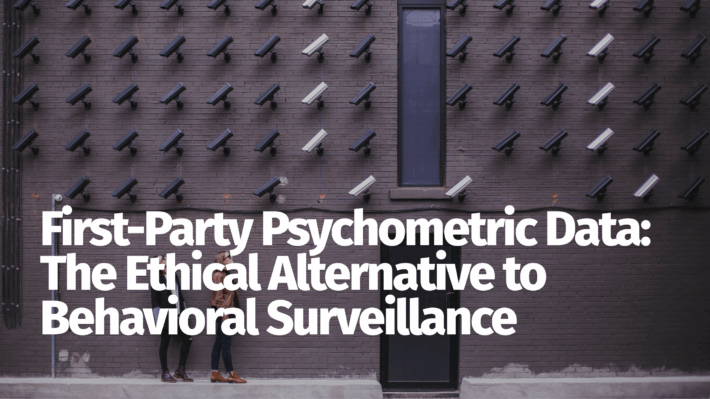The Evolution of Consumer Insights

How enterprise marketing teams are moving from what people do to why they do it.
It used to be enough to know what your customers clicked. Now, leading marketing teams want to know why they clicked at all.
For years, consumer insights were dominated by surface-level behavior: page views, time spent, abandoned carts, referral traffic. Platforms built around tracking and targeting made it easier than ever to understand user journeys. But they left one crucial layer untouched — motivation.
That’s where the shift is happening.
The new challenge for modern marketing teams
Enterprise marketing is no longer just about reaching your audience. It is about understanding them — not as demographics, but as people. And that means moving beyond behavioral tracking tools into the realm of psychometric insights: the science of mapping internal traits like values, identity, and motivations that actually drive decision-making.
Interestingly, even B2B buyers — long treated as rational, logic-led personas — are now being studied as complex psychological actors. After all, behind every enterprise deal is a person making a choice under pressure, under constraints, and with competing priorities. Understanding those invisible factors is what separates insight-led marketing from transactional targeting.
Why behavioral data isn’t enough anymore
Behavioral tracking tells you what someone did. But it can’t tell you:
- Why two users behaved differently despite similar demographics
- Why someone abandoned a cart even after multiple retargeting exposures
- Why a high-value B2B client chose a competitor even though your offering was better on paper
These gaps can cost you not just conversions, but strategic clarity. And as cookies disappear and privacy laws tighten, this over-reliance on behavioral breadcrumbs is getting riskier — and shallower.
What psychometric consumer insights add
Psychometric insights go deeper. Instead of assuming behavior = intent, they study how personality traits, values, and cognitive preferences shape perception and action.
A psychometric consumer insights panel, like MindLink, enables enterprise brands to:
- Segment audiences not by age or income, but by identity orientation, risk perception, and need for uniqueness
- Build B2B marketing journeys that align with how people feel about control, trust, and reward
- Design creative, product, and messaging strategies grounded in actual motivational data
This is not just new data. It’s a new lens. And it is fast becoming essential for marketing teams facing long buying cycles, fragmented decision-making units, and shrinking attention spans.
MindLink in the B2B context
MindLink’s psychometric consumer insights panel is built to serve both B2C and enterprise-level B2B needs. For marketing and strategy heads, that means:
- More precise segmentation of high-value customer cohorts
- Better creative validation based on psychological relevance, not guesswork
- Stronger demand generation strategies that appeal to intrinsic motivators — not just benefits and features
We do not just measure attention. We decode intention. And that is what gives marketing teams the edge — especially when every decision needs to be backed by insight, not assumption.


